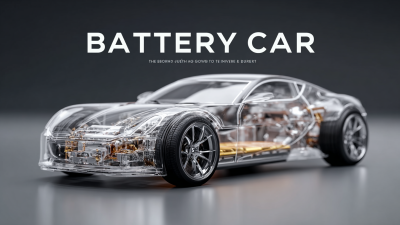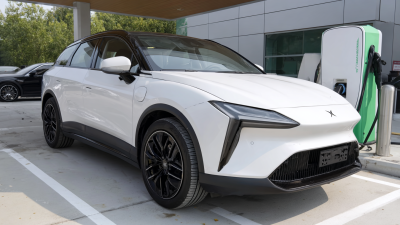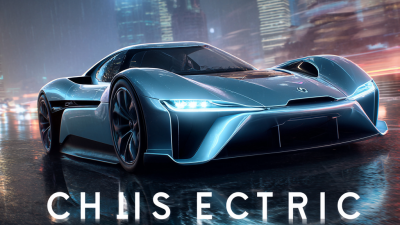Leave Your Message
As electric vehicles (EVs) continue to surge in popularity, the importance of selecting the right charger car has become a critical consideration for maximizing efficiency and performance. According to a report from the International Energy Agency (IEA), global EV sales reached 6.6 million units in 2021, a 108% increase compared to the previous year, highlighting the growing demand for robust charging solutions. Moreover, research from Bloomberg New Energy Finance indicates that having the right charger can optimize charging times and extend battery life, ultimately impacting overall vehicle efficiency. Different types of chargers offer varying power outputs, and their compatibility with specific EV models can significantly influence energy consumption rates. Therefore, understanding the various charger types—Level 1, Level 2, and DC fast chargers—essentially guides users in making informed decisions that enhance their electric driving experience while promoting sustainable energy use.
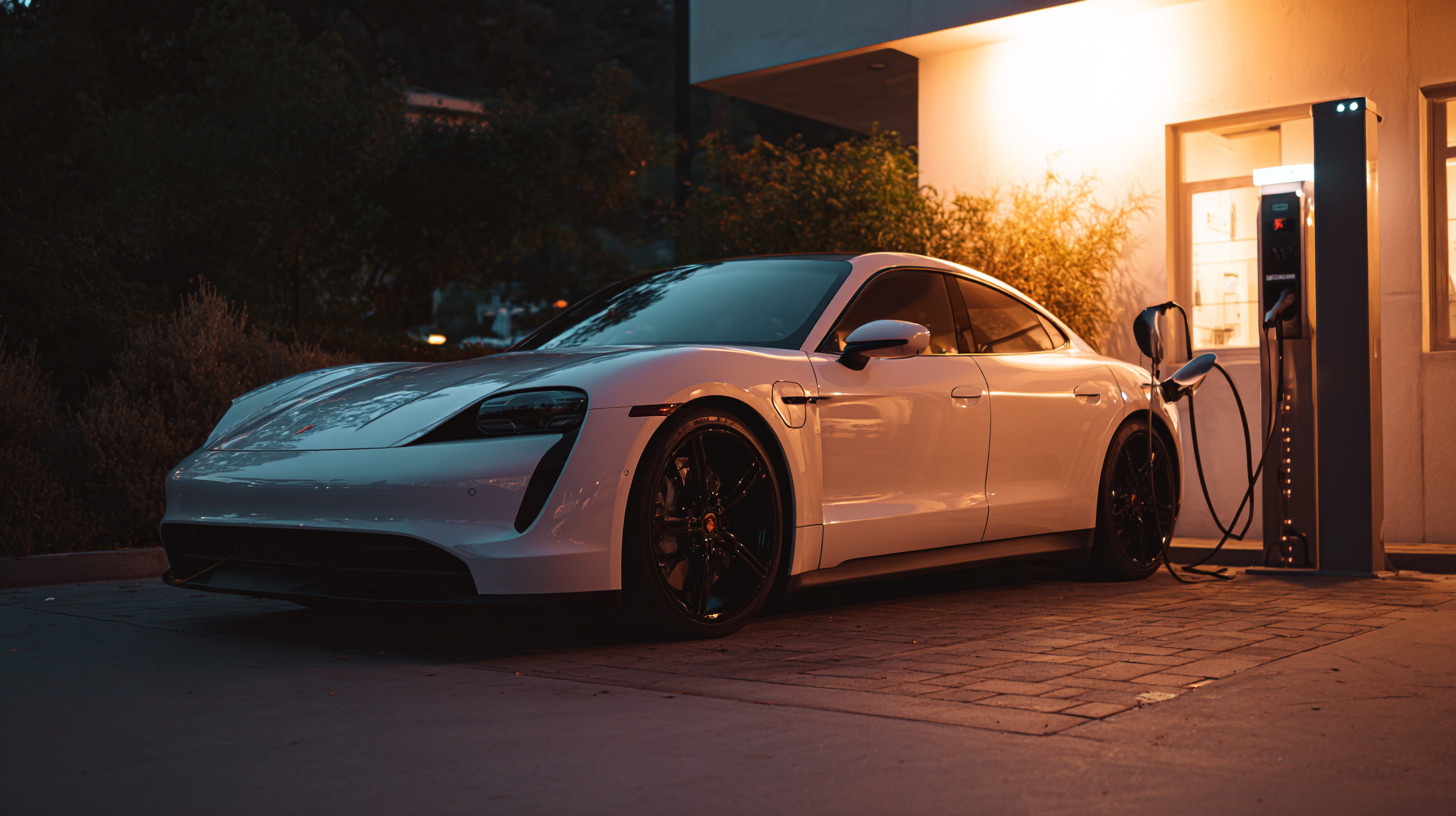
Understanding the different types of chargers available for electric vehicles (EVs) is essential for maximizing efficiency and convenience. There are primarily three types of chargers: Level 1, Level 2, and DC Fast Charging. Level 1 chargers, which use a standard household outlet, provide about 4-5 miles of range per hour of charging. While this is suitable for home charging, it may take an overnight charge to fully replenish the vehicle's battery. According to the U.S. Department of Energy, about 80% of EV owners primarily use Level 2 chargers, which can add approximately 25 miles of range per hour and are commonly found in public charging stations.
For long-distance travel, DC Fast Chargers are a game changer, capable of delivering up to 100 miles of range in just 30 minutes. However, they require specific infrastructure and are usually located along major highways. Understanding these options enables EV owners to plan their charging needs according to their lifestyles and travel habits.
Tips:
1. Always check your vehicle's compatibility with the charger type to ensure efficient charging.
2. Consider installing a Level 2 charger at home to enhance your daily charging routine.
3. Utilize apps and public charging networks to locate DC Fast Chargers when on long trips.
| Charger Type | Charging Speed (kW) | Typical Charging Time (for 300 miles) | Recommended Usage |
|---|---|---|---|
| Level 1 Charger | 1.4 - 1.9 kW | 10-20 hours | Home Use, Overnight Charging |
| Level 2 Charger | 3.3 - 19.2 kW | 4-8 hours | Home, Public Charging Stations |
| DC Fast Charger | 50 - 350 kW | 30 minutes - 1 hour | Roadside Stops, Long Distance Travel |
| Wireless Charger | Up to 10 kW | Varies | Convenience Charging |
When choosing the right charger for electric vehicles (EVs), understanding the distinctions among different power ratings is crucial, particularly between Level 1, Level 2, and DC Fast Charging.
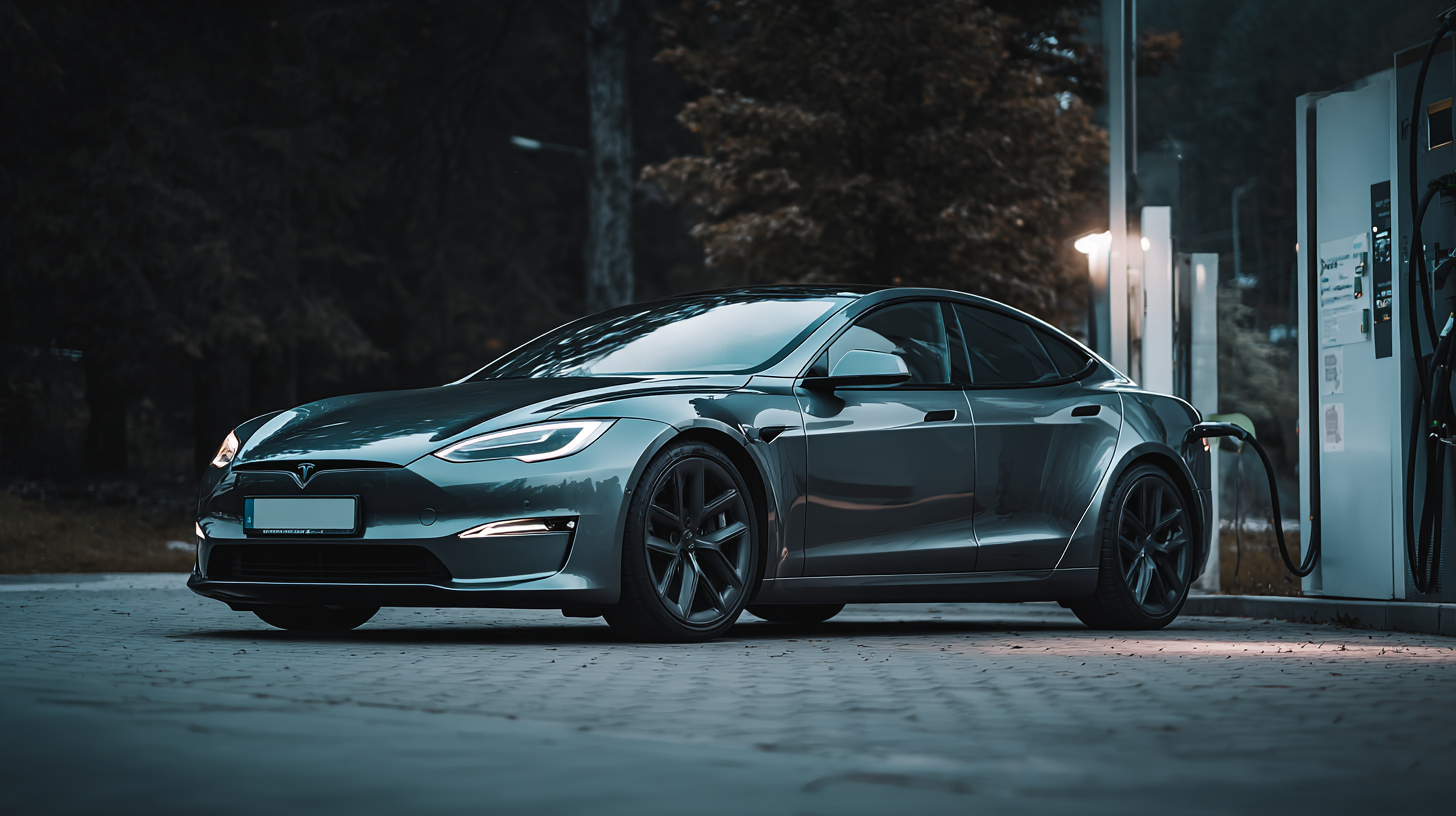 Level 1 chargers, typically using a standard household outlet, provide a slow charging rate that might suit urban environments but may not be ideal for those who rely on their vehicles for longer journeys. They are best for overnight charging and in situations where time is not a constraint.
Level 1 chargers, typically using a standard household outlet, provide a slow charging rate that might suit urban environments but may not be ideal for those who rely on their vehicles for longer journeys. They are best for overnight charging and in situations where time is not a constraint.
Level 2 chargers present a significant upgrade, delivering faster charging capabilities primarily seen in public charging stations or home installations. They require a 240-volt outlet, providing a balance of charging speed and convenience. However, as the demand for ultra-fast chargers surges, especially in urban areas like China, the implications on grid stability and pricing structures become essential considerations.
Fast charging options, particularly DC Fast Charging, can recharge an EV's battery to 80% in as little as 30 minutes, making them ideal for long-distance travel. Balancing the integration of these chargers with grid capacity and energy sourcing has emerged as a challenge, emphasizing the need for a reliable infrastructure that supports both accessibility and efficiency in EV charging solutions.
When it comes to maximizing the efficiency of your electric vehicle (EV), understanding the impact of charging speed, measured in kilowatts (kW), is crucial. A higher kW rating means faster charging times, allowing you to quickly replenish your vehicle’s battery. However, it's important to match the charger’s output with your EV’s capabilities. For instance, if your vehicle can only handle up to 7 kW, using a 22 kW charger won’t increase the charging speed but could create unnecessary costs and complications.
Moreover, the charging speed can affect not only the convenience of recharging but also the overall health of your EV battery. Fast charging, while expedient, can generate heat and potentially reduce battery lifespan if done excessively. Therefore, it's essential to consider a balance—charging at a moderate speed often leads to better battery maintenance over time. Charging stations that offer adjustable power levels allow EV owners to tailor the charging experience based on their specific needs, promoting both efficiency and battery longevity.
When selecting a charger for your electric vehicle (EV), it is essential to consider your driving habits and daily range requirements. Understanding your typical routes and the average distance you travel each day can lead to better pacing of your charging needs. If you primarily use your EV for short commutes, a Level 2 charger installed at home may be sufficient. This type of charger is relatively quick and can fully charge your vehicle overnight, ensuring you start each day with a full battery.
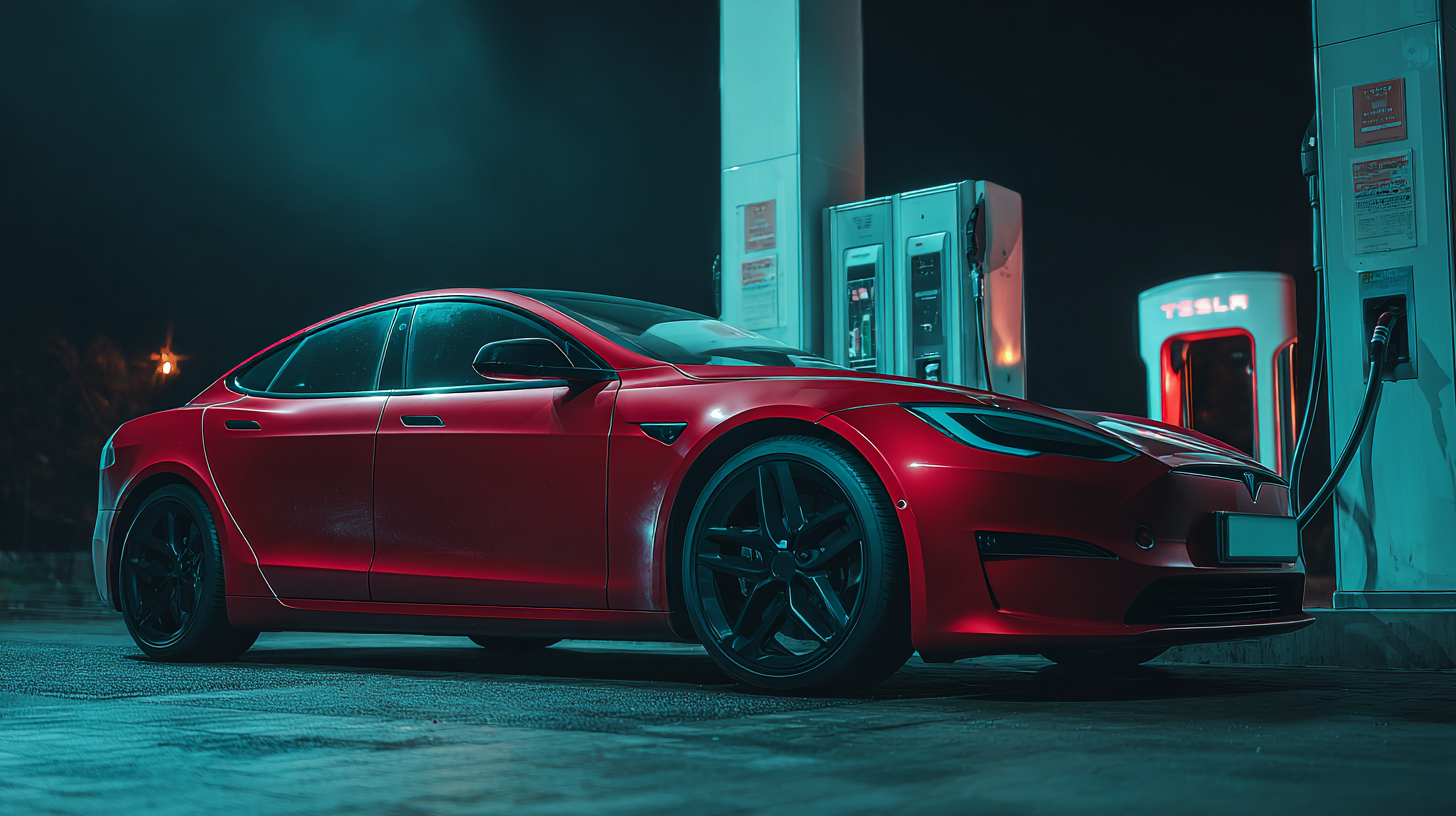
On the other hand, if you frequently embark on longer trips or require a quick turnaround, a Level 3 DC fast charger would be more appropriate. These chargers can significantly reduce charging time, allowing you to gain substantial range in a short period.
Additionally, considering the availability of charging stations along your regular travel routes can also influence your decision. Knowing where fast chargers are located will give you the confidence to take longer drives without the anxiety of running out of power. By aligning your charger choice with your driving patterns, you can enhance your EV's efficiency and ensure it meets your lifestyle demands.
When selecting an electric vehicle (EV) charger, conducting a cost-benefit analysis is essential to weigh the upfront investment against potential long-term energy savings. The initial costs of purchasing and installing a home or public charging station can vary significantly, often influenced by the charger’s speed, brand, and features. Fast chargers, for instance, tend to have a higher price tag but can offer convenience and efficiency that may justify the expense. On the other hand, slower chargers typically come at a lower cost, making them more appealing for budget-conscious consumers.
Long-term energy savings also play a crucial role in this decision-making process. EV chargers designed with smart technology can optimize charging schedules, taking advantage of lower energy rates during off-peak hours, effectively reducing monthly utility bills. Furthermore, as electricity prices fluctuate, the operational efficiency of various chargers will impact overall savings. By comparing the lifetime energy savings and operational costs against the initial investment, EV owners can make informed decisions that align with both their financial goals and environmental aspirations.
